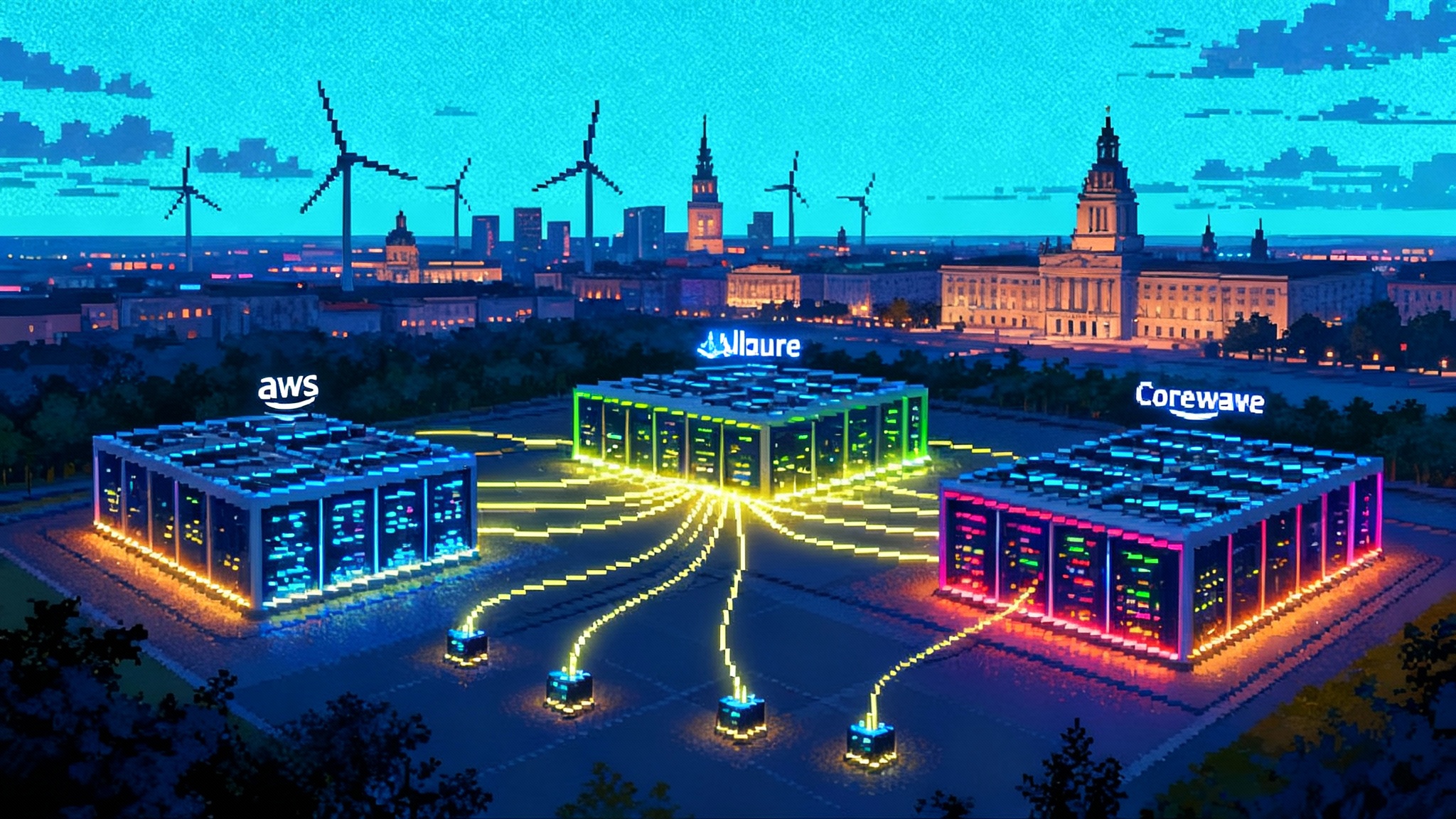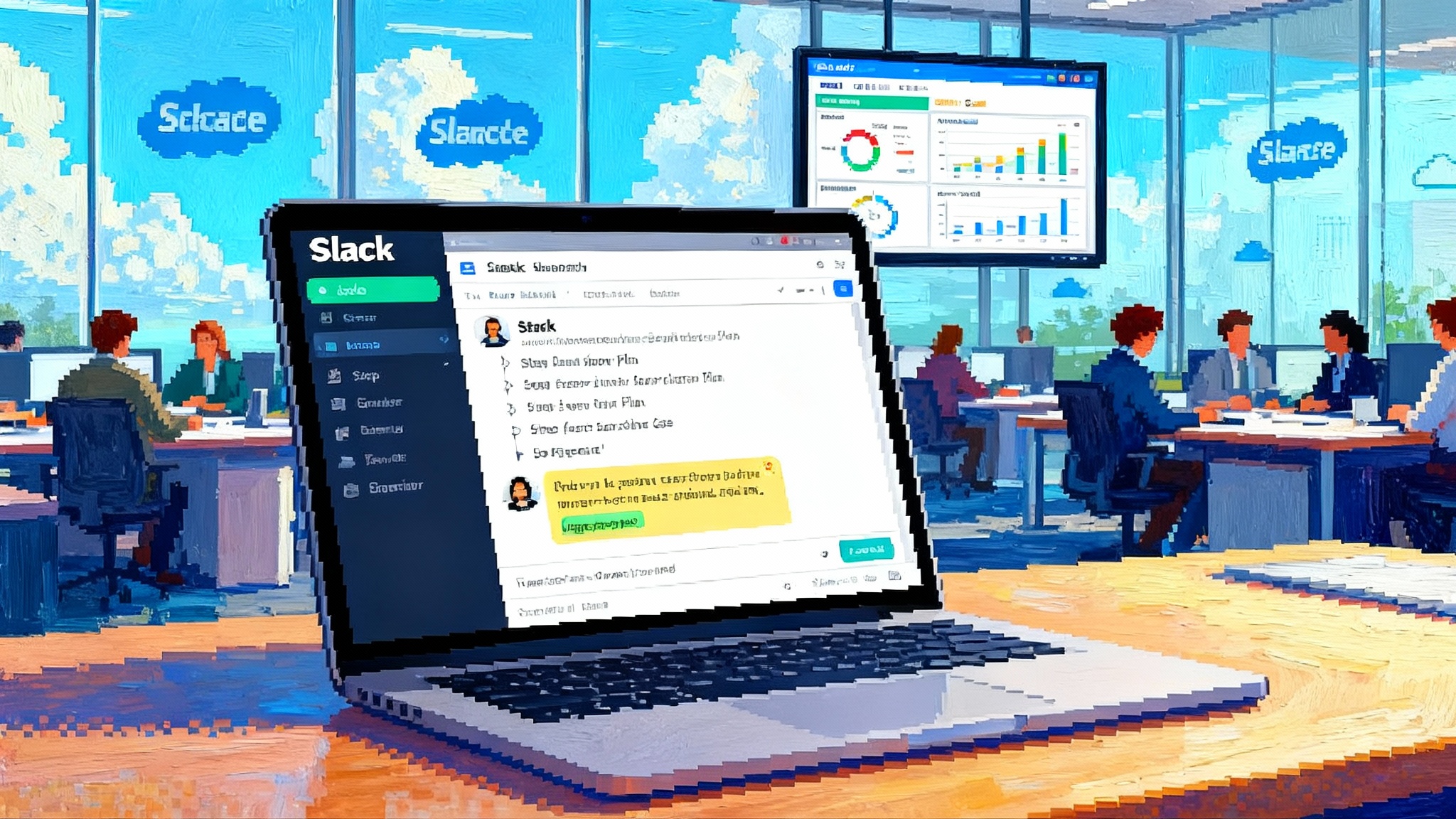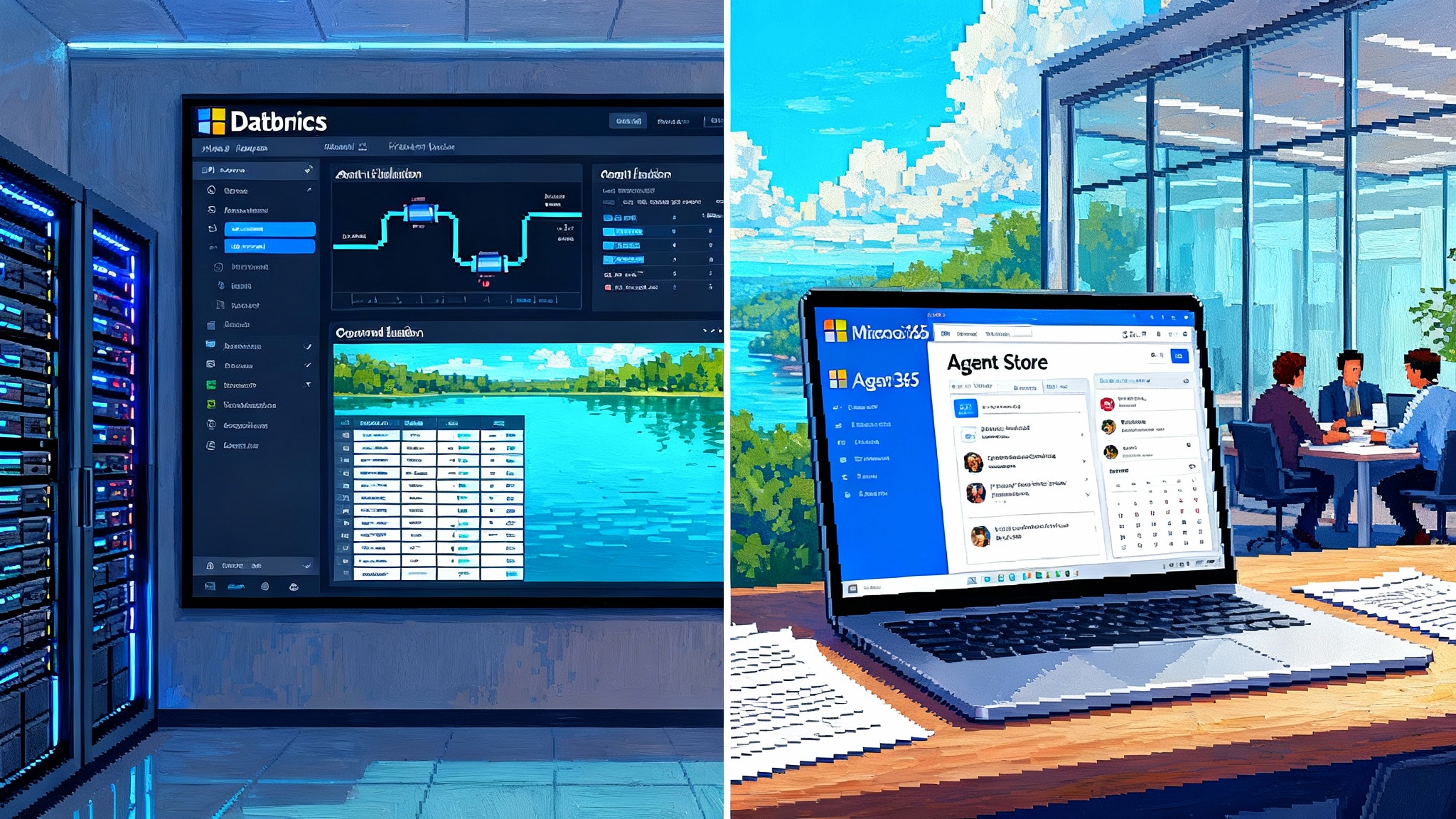OpenAI’s $38B AWS Deal and the Multi‑Cloud Agent Era
OpenAI and AWS signed a seven-year, $38 billion capacity deal on November 3, 2025 that resets where agent workloads run. Here is what it means for cost, latency, sovereignty, and how to build a portable multi-cloud runtime for 2026.

Breaking: a new center of gravity for agent compute
On November 3, 2025, OpenAI signed a seven-year, $38 billion agreement with Amazon Web Services to run and scale its models on United States based data centers. The company targets full capacity deployment by the end of 2026 with the ability to expand in 2027. It also loosened its past cloud exclusivity with Microsoft. This is not a side quest. It is a change in the center of gravity for agent compute, and it signals how the industry will split workloads across multiple clouds over the next two years. For the raw facts, see the Associated Press report on the OpenAI and Amazon agreement.
Why it matters: agents are not just bigger inference jobs. They are long-lived processes that plan, call tools, coordinate with other agents, and interact with people and systems. That behavior stresses not only accelerators but also networks, memory, storage, and governance. A massive new capacity pool on AWS changes how teams design runtimes, buy compute, and satisfy sovereignty rules.
The new map of compute alliances
Until now, many teams treated cloud for agents as a binary choice. After this deal, the real picture looks like a triangle with different strengths on each corner.
- AWS: the new OpenAI anchor and a growing sovereign footprint in Europe. Expect rapid availability of the newest Nvidia accelerators, strong autoscaling primitives, and deeper integration with managed networking and storage optimized for bursty agent traffic.
- Microsoft Azure: the original home for many OpenAI workloads and a gravity well for enterprises with Microsoft identity, data, and security stacks. Azure remains a leader for managed security and enterprise compliance bindings.
- CoreWeave: the specialist for high-performance training and inference clusters, with aggressive timelines for early access to next generation GPUs. Reuters reported that CoreWeave expanded its OpenAI agreements in 2025, taking the combined value well past twenty billion dollars. See the September update on the expanded CoreWeave pact.
The triangle is not only about raw chips. It is about how each provider exposes networking, storage, and scheduling. Agent architectures live or die on those edges.
Agents feel different to infrastructure
Think of a classic model call as a short phone call. Think of an agent session as a group project that spans hours, calls external tools, writes notes, invites a teammate, and sometimes has to reread the entire notebook. That behavior implies three runtime consequences:
-
Orchestration over pure inference. The hot path is no longer only a forward pass. It is a sequence of planning, tool use, memory reads and writes, and parallel subtasks. Your scheduler must manage many short bursts with variable pauses for external I/O.
-
Stateful context. You need fast access to long-term memory stores, vector indices, key-value caches, and ephemeral scratchpads. Latency on these reads moves overall user-perceived speed far more than raw tokens per second. For why this matters to UX, see how memory becomes the new UX edge.
-
Heterogeneous compute. A single session hops between accelerators for language and vision, CPUs for tool calls, and sometimes trusted enclaves for sensitive steps. Placement and data locality matter more than headline FLOPS.
The OpenAI AWS deal expands the supply of the ingredients that support this style of work: high-bandwidth interconnects, large-memory nodes for caching, and the ability to scale agent swarms during peak demand.
Cost curves through 2026 and 2027
No one outside the deal room knows the line items, but the structure is familiar. Large commitments tend to lower marginal cost for inference first, then training, with the biggest savings when workloads are predictable. With more capacity coming online, expect three macro effects:
- Inference price softening. As newer accelerators arrive and utilization rises, on-demand token prices for frontier models should drift down. Expect a gentle curve, not a cliff, since network, memory, and storage keep a floor under costs for agent workloads.
- Training and fine-tuning bifurcation. Pretraining remains capital intensive and will continue to be reserved for a few. Domain-specific fine-tuning and retrieval are getting cheaper as providers expose optimized instances and shared storage tiers. That pushes more product teams to customize rather than pretrain.
- Better economics for long sessions. Agent sessions with long memory were historically punished by context costs. Expect further improvements in attention kernels, token compression, and persistent cache designs. These will lower the cost of multi-hour sessions, especially for agents that reuse context across users or tickets.
Practical budget ranges to plan on, stated as directional bands rather than guarantees:
- Frontier model inference in 2026: down 10 to 25 percent per million tokens for stable, high-throughput workloads that can batch and cache well. Volatile traffic will save less.
- Fine-tuning small to mid-size models in 2026: down 20 to 35 percent for teams that can use curated data, low-rank adaptation, and retrieval to reduce training epochs.
- Training very large models: cost remains nonlinear. Savings will come mostly from better parallelism and pipeline efficiency, not only from lower chip list prices.
The temptation will be to treat the new capacity as a reason to overspend. Resist that. For agents, most cost leaks come from the orchestration layer, not the matrix multiply.
Deployment patterns that will dominate
Three runtime patterns are emerging as the default for agent-heavy products.
-
Serverless bursts for the edges, steady clusters for the core. Use serverless inference endpoints at the traffic edge for cold start handling and for low duty cycle tools, while keeping a warm pool of dedicated pods for high-frequency agent steps. This mix gives you elasticity without paying cold start penalties on the hot path.
-
Memory-centric architecture. Treat memory as the first-class system. Co-locate vector stores and key-value caches with the inference tier, and push heavy storage to a nearby high-throughput tier. Minimize cross-zone and cross-region hops during a session. Pin scratch data to the same fault domain as the active accelerator wherever possible.
-
Split planes for control and data. Run a portable control plane that can schedule to AWS, Azure, and CoreWeave, while keeping compliance-relevant data within the region that satisfies your obligations. For design patterns, study A2A and MCP interop.
A pragmatic playbook for multi-cloud in 2026
If you are building agent systems now, use this sequence. It is prescriptive on purpose.
-
Pick a control plane that is not tied to a single cloud. Evaluate platforms that can target multiple inference backends, read and write to different vector databases, and carry standardized telemetry. Favor open adapters that can speak to AWS, Azure, and CoreWeave without code forks.
-
Standardize your agent contract. Define a simple schema for observations, actions, tools, memory reads, memory writes, and rewards. Keep it language agnostic. This gives you portable traces, easier replay, and a clean boundary for optimization.
-
Place data before code. Classify your data by residency, sensitivity, and usage pattern. For anything regulated, pick the region first and only then place the compute. For low-risk data, choose the compute cluster that reduces latency for your users.
-
Use a two-tier memory design. Hot memory lives with the model, warm memory lives in a fast, region-local store, cold memory lives in archival storage. Agents read and write mostly to hot and warm tiers during a session. This design gives you performance and predictable cost.
-
Optimize for token in, token out, and token reuse. Use attention window management, caching of intermediate steps, tool response summarization, and selective transcript pruning. The cheapest token is the one you do not have to read again.
-
Treat observability as a product. Capture traces, per-step latency, and token accounting for every session. Build dashboards for engineers and separate health views for product managers. Without this, you cannot tune cost or speed.
-
Plan for two failure modes: shortage and glut. When a hot new accelerator is scarce, your control plane needs graceful downgrade paths to older silicon. When capacity is abundant, your budget guardrails need to stop runaway parallelism.
-
Negotiate for predictability. Commit to steady usage for inference pools and keep spiky training jobs on capacity that can flex. Predictable workloads get better pricing. Spiky ones get better availability when you can batch and resubmit.
-
Build a minimal portability test. Every release should include a rehearsal where part of the workload runs on a second cloud. Fail it in staging first. Keep this small and frequent.
-
Make runtime choices reversible. Avoid provider-specific features for the core path unless the gain is crushing. If you adopt a managed vector store or a proprietary kernel, keep a parallel path that can fail over to a portable alternative.
Sovereignty is now a design input
If you serve European public sector or highly regulated industries, sovereignty is not an add-on. It shapes your architecture. AWS has announced a European Sovereign Cloud that is built, operated, controlled, and secured in the European Union, with a first region targeted in Germany and local operational control. This gives multi-cloud teams a path to keep data and operations inside the European Union while using familiar APIs. See also how a sovereign Agent Runtime in Europe is changing deployment choices.
Design rules to adopt now:
- Separate your control plane from your data plane. Keep decision-making logic portable, but ensure data does not cross regions that violate residency requirements.
- Use attested runtimes for sensitive agent steps. When agents handle medical, financial, or identity data, run those steps in trusted execution environments or isolated nodes. Do not mix them with general purpose inference pools.
- Map policy to code. Encode purpose limitation and retention in the agent workflow. When a session ends, purge scratchpads and rotate keys. Do not rely on manual processes.
- Prepare for the European Union Artificial Intelligence Act timelines. High-risk uses will carry documentation, monitoring, and transparency obligations by 2026. Design your trace capture and model cards now so you are not retrofitting later.
Performance tuning that actually moves the needle
You can cut agent latency by 30 to 60 percent with four tactics that cost little to try.
-
Speculative decoding. Use a small fast model to propose the next chunk of tokens, then have the large model verify. This reduces time to first token without changing quality targets. It pairs well with streaming user interfaces.
-
Paged attention and cache reuse. Keep key and value caches warm across tool calls and function boundaries. Enable cache compression and block reuse. This helps long sessions more than short prompts.
-
Tool call batching. When an agent fans out to multiple tools, batch those calls and apply rate-aware backoff. Most teams optimize tokens but forget tool I/O. The result is idle accelerators waiting on APIs.
-
Plan step budgets. Give the planner a token and time budget per subtask. Enforce it in code. The planner should justify exceeding the budget with a structured reason that you can analyze later.
Operational habits that prevent regressions:
- Never ship an agent change without a replay. Keep a library of recorded sessions and replay them on new builds. Watch quality, latency, and cost.
- Trace to the tool and storage level. If a step is slow, you should know if it is the model, the network, the vector store, or the tool. Guessing is expensive.
- Keep a slow path and a fast path. The slow path trades latency for cost during heavy load. The fast path spends to hit the experience target during light load.
Forecasts you can budget against
The point of forecasts is not to be perfect. It is to help you decide when to commit. Here are directional calls for 2026 and 2027 that product and infrastructure leaders can use to plan.
- Accelerator availability. With the AWS OpenAI capacity coming online through 2026 and continued buildouts at CoreWeave and Azure, expect a tight but improving market in the first half of 2026, then a healthier supply in the second half. Scarcity premiums should ease, but still spike around new model launches and holiday seasons.
- Latency. Median time to first token for large models in well-tuned stacks will move from hundreds of milliseconds toward low hundreds or below 100 milliseconds for common prompts. Tail latencies will improve slower, because tool calls and memory reads dominate the right tail.
- Pricing. Retail token prices for frontier model inference should decline gradually through 2026. The floor will be higher for agent workloads that rely on large context windows and heavy tool use. Expect steeper discounts for reserved pools where you can commit to steady usage.
- Compliance. The European Union Artificial Intelligence Act timelines will harden in 2026. Documentation, monitoring, and transparency will stop being optional for high-risk sectors. United States stateside privacy rules will keep fragmenting. Teams that invest in traceability and model governance in 2025 will move faster in 2026.
A sample migration plan for the next 180 days
Here is a concrete, time-boxed plan to prepare your stack for the multi-cloud agent era.
- Weeks 1 to 2: Inventory your agent workflows. Capture where tokens are spent, where time is lost, and which data leaves which regions. Write this down.
- Weeks 3 to 6: Implement a minimal portable control plane. Add adapters for AWS and the second provider you expect to use most. Prove you can route a single agent workflow to both.
- Weeks 7 to 10: Build the two-tier memory design and co-locate hot memory with the model. Add cache metrics to your dashboard.
- Weeks 11 to 14: Enable speculative decoding and cache reuse. Measure time to first token and end-to-end latency.
- Weeks 15 to 18: Negotiate a reserved inference pool for steady traffic. Place spiky jobs on a queue that can target the least loaded provider.
- Weeks 19 to 24: Run a failover rehearsal. Move 10 percent of production traffic to the second cloud for one day. Fix what breaks.
If you complete this plan, you will be ready to exploit lower prices without being trapped, and you will have the observability to keep both performance and budget honest.
What to expect from vendors
Given the new supply and the race for developer mindshare, expect providers to push the following in 2026:
- Deeper agent frameworks with built-in memory and tool orchestration. The pitch will be simplicity with strong defaults.
- Sovereign variants of core services. These will look like familiar managed offerings but operated by locally controlled teams with local data residency.
- Aggressive credits and reserved pricing for inference pools. The hook will be stable throughput and guaranteed latency bands.
Take the credits, but do not trade away portability on the hot path. Keep the control plane and the agent contract yours.
The bottom line
The OpenAI AWS agreement marks the start of a multi-cloud agent era. It shifts capacity and resets expectations for cost, latency, and availability. But the winners will not be the teams that simply move workloads to the newest cluster. They will be the teams that treat agent architecture as a system, where memory locality, orchestration, and observability are as important as the accelerator. If you build with a portable control plane, a data-first placement strategy, and a ruthless focus on traces, you will be able to ride the 2026 and 2027 curve, not chase it.
This is the moment to make two decisions. First, commit to a portable agent runtime with a clear contract for tools, memory, and planning. Second, reserve the right capacity while it is being built out, but keep a rehearsal habit that proves you can move when you must. Do those two things and the next capacity wave becomes your advantage, not your risk.








